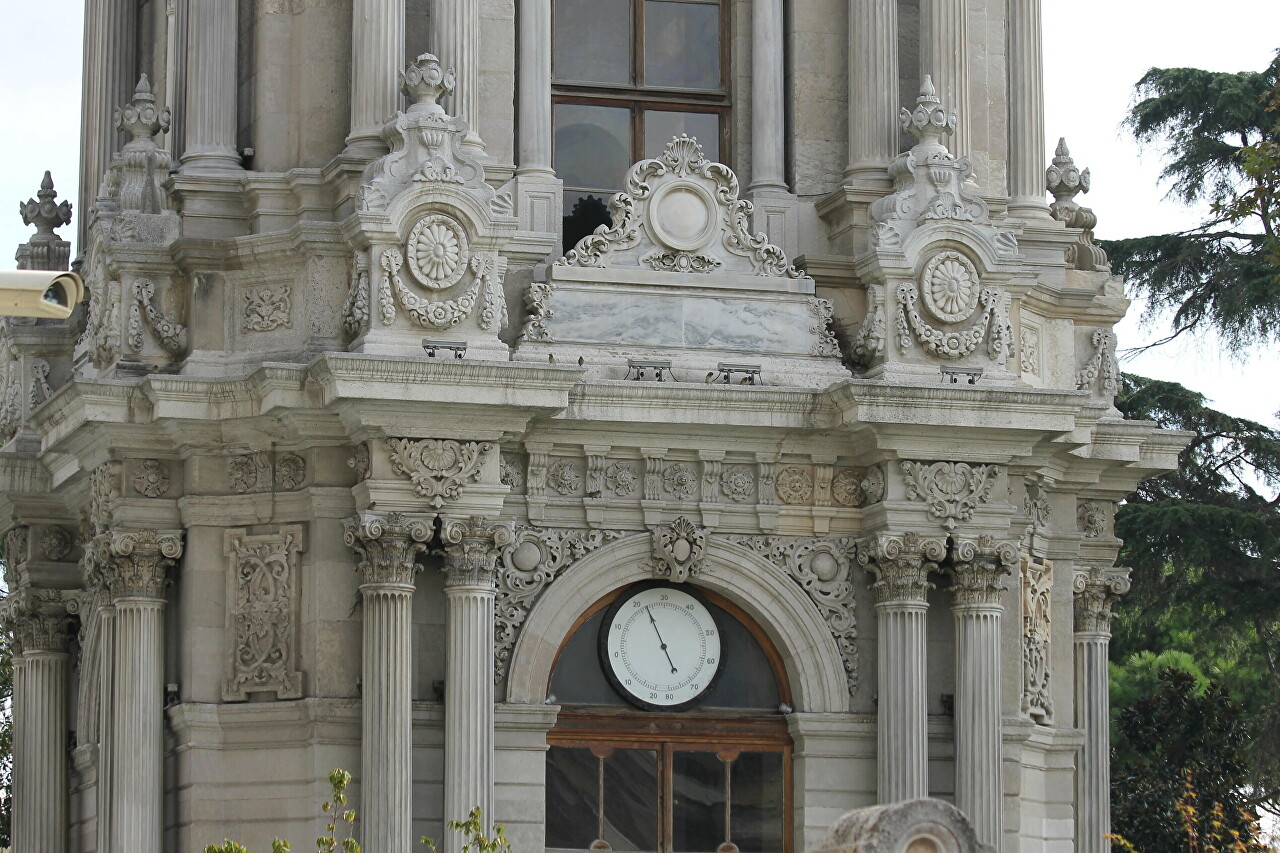Dolmabahçe Clock Tower
In front of the main entrance to the Dolmabahçe Palace complex (Sultan's Gate), there is a 27-meter-high empire-style tower that impresses with its exquisite decor (Dolmabahçe Saat Kulesi). The tower was built in 1890-1895, the initiator of the construction was Sultan Abdul Hamid II, son of Abdulmejid I, who built the Dolmabahçe Palace.

The author of the design of the Dolmabahçe Tower is the imperial architect Sargis Balyan, who was the last of a dynasty of architects of Armenian origin who worked at the court of the Ottoman Empire for more than a hundred and fifty years. The Balians combined Parisian neo-Baroque with traditional Islamic architecture in an amazing way, and the palaces they built are the main pearls of Istanbul.
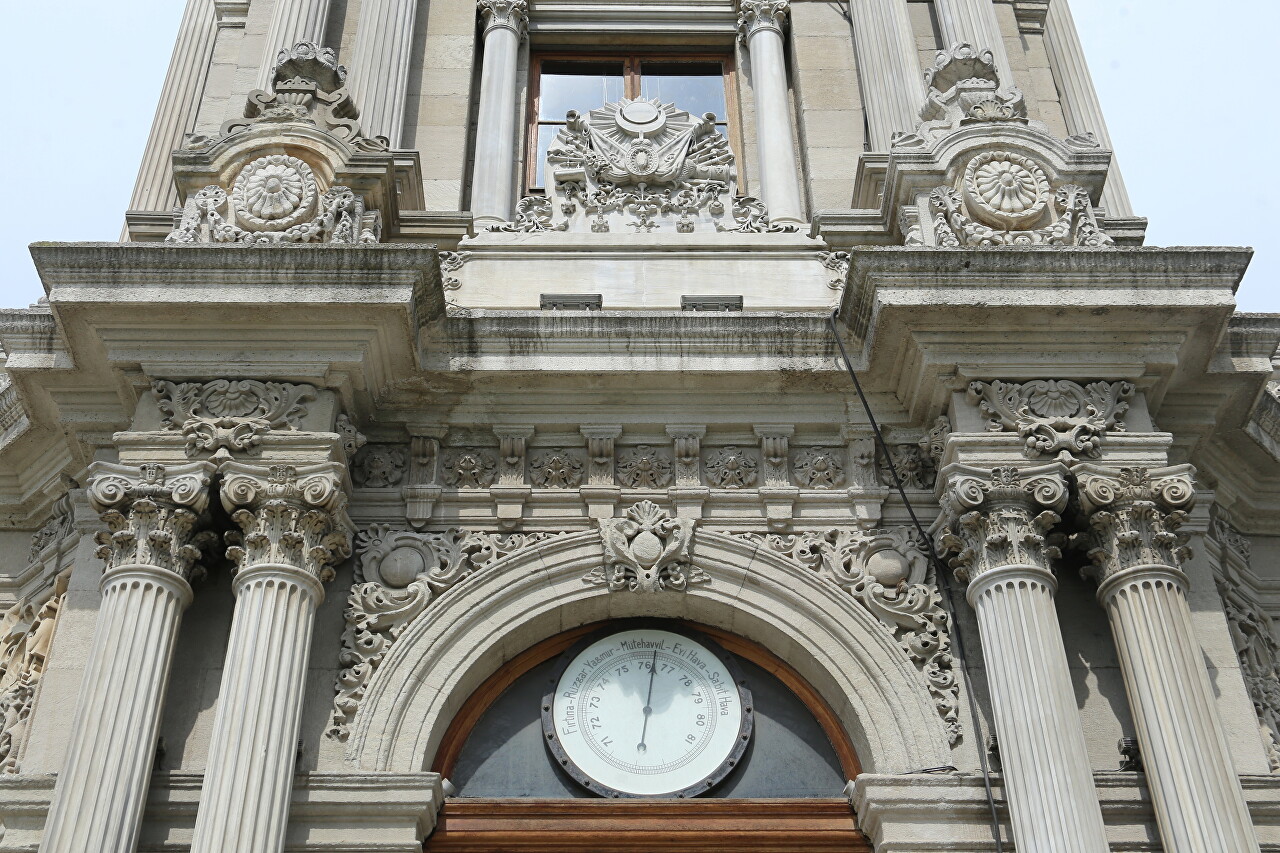
The Dolmabahçe Clock Tower is 8.5 by 8.5 meters in plan. The four tiers will be connected by a staircase with 94 steps. The floors on the stairwells are laid out with geometric shapes made of colored stones. The ground floor has a base size of 8.5 by 8.5 meters, on the north side there is an entrance door, barometers are built into the arches of the windows of the other three sides.
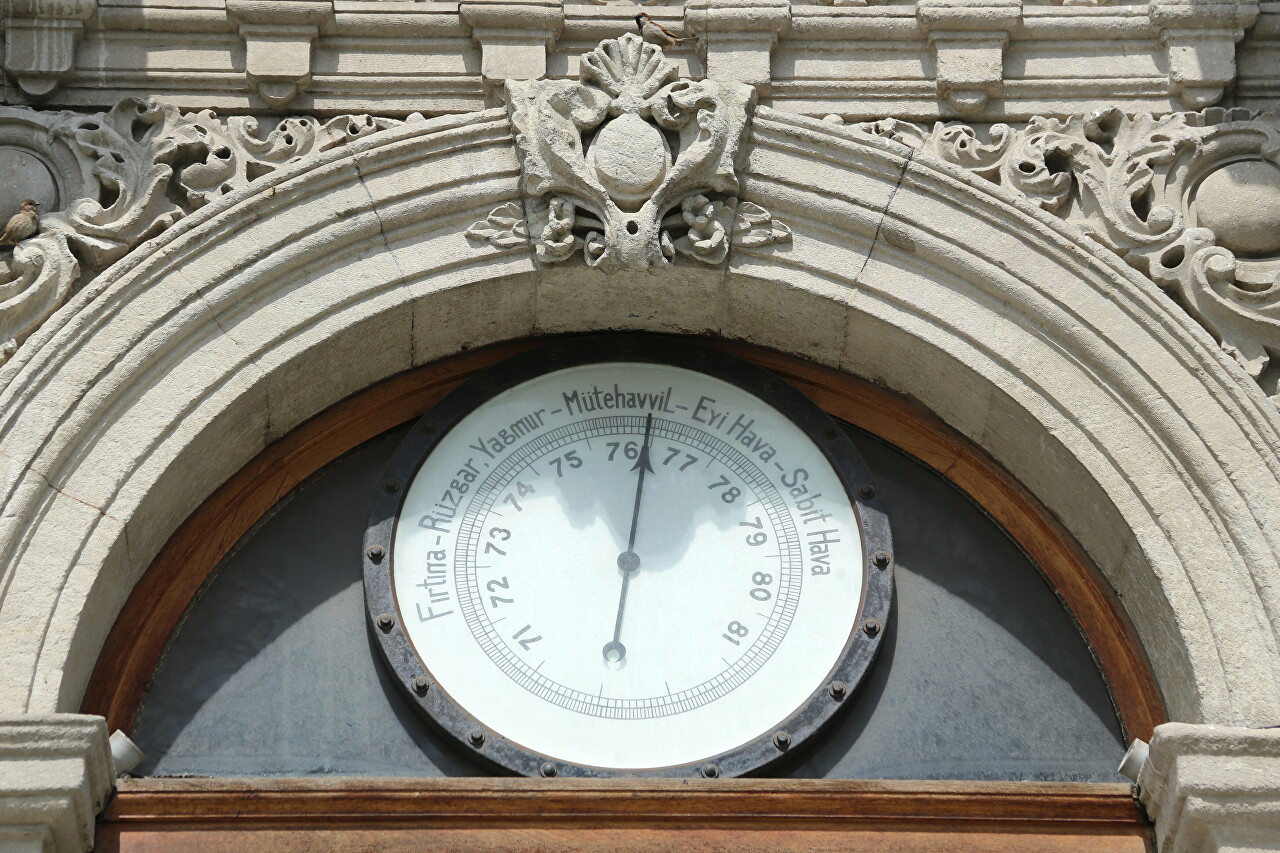
The first floor is most luxuriously decorated, the second floor is decorated somewhat more modestly. The third floor has a balcony with balustrade and clock faces on each side. The watch was made by the famous French workshop of Jean-Paul Garnier and installed by the court watchmaker Johann Mayer. The dials are numbered using Eastern Arabic symbols based on the ancient Indian numeral system used in the Byzantine Empire. Initially, there were two clock mechanisms on the tower, one for the dial on the Bosphorus side, the other rotated the hands on the other three sides of the tower. In 1979, the original mechanical watch was upgraded with an electric self-winding device.
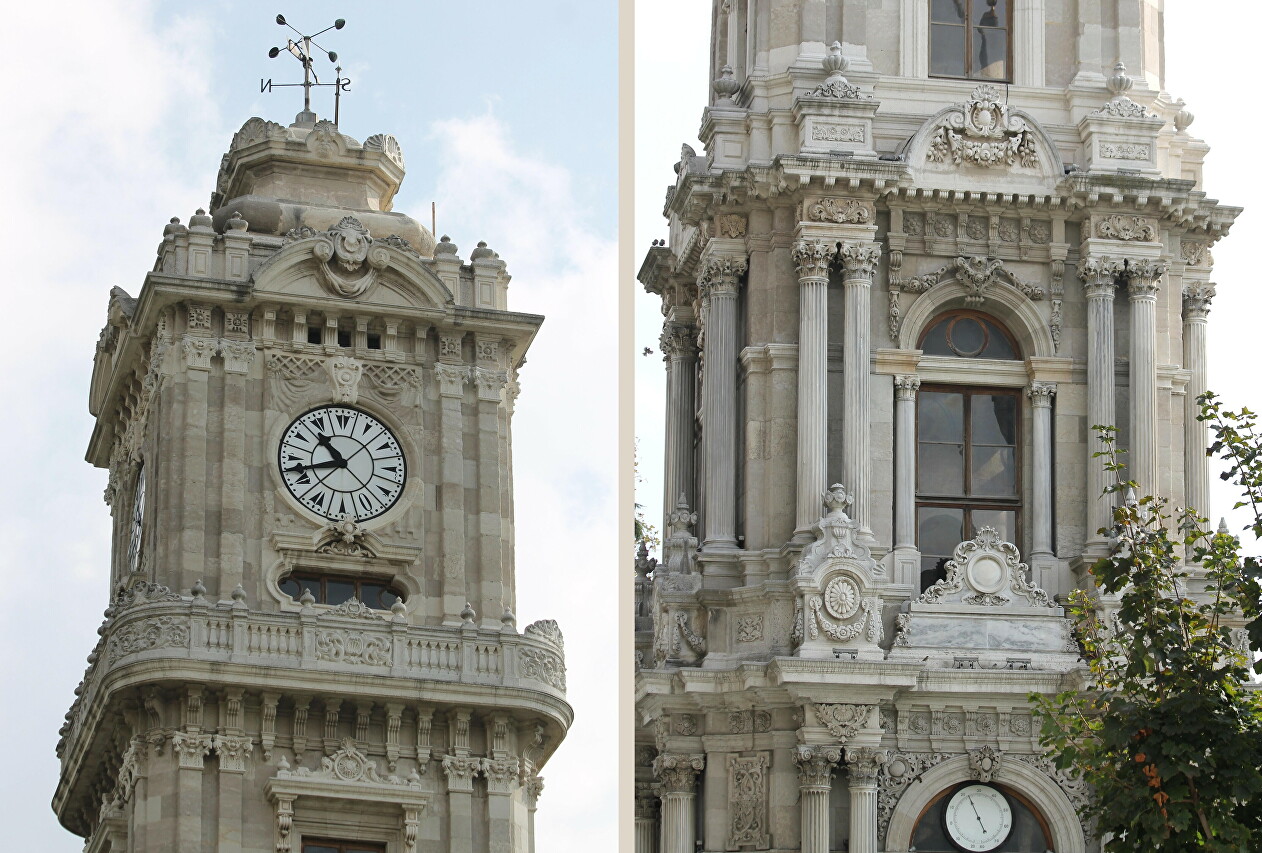
On the two opposite sides of the tower, facing the Bosphorus and the land, the personal sign (tugra) of Sultan Abdulhamid II is depicted.
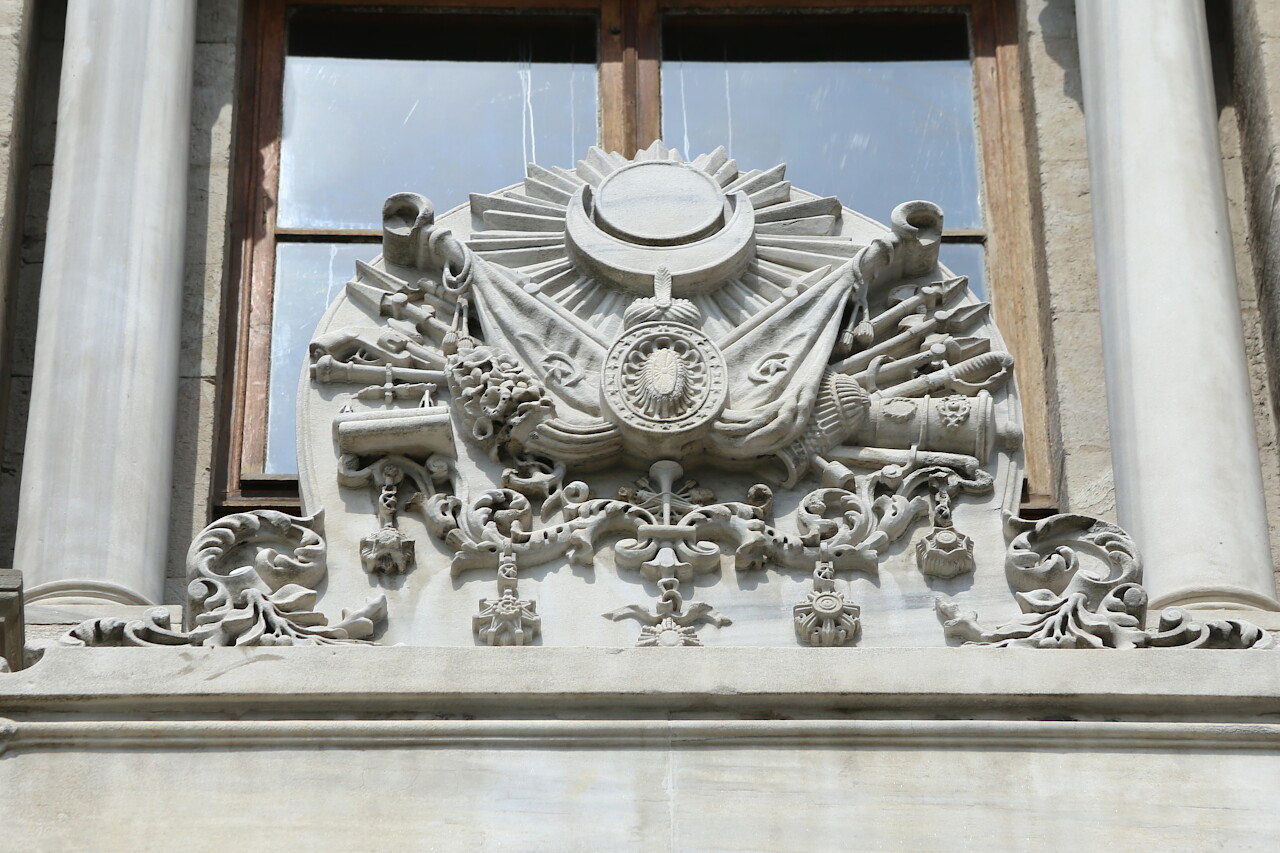
The base of the tower is a marble pedestal measuring 12 by 12 meters with two-tiered fountains in the corners.
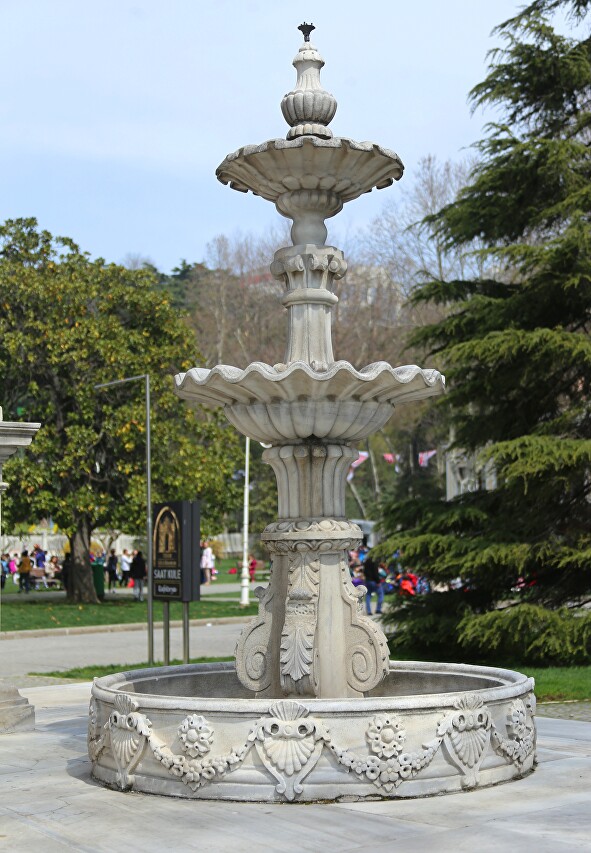
The tower is surrounded by a park with an openwork cast-iron fence.
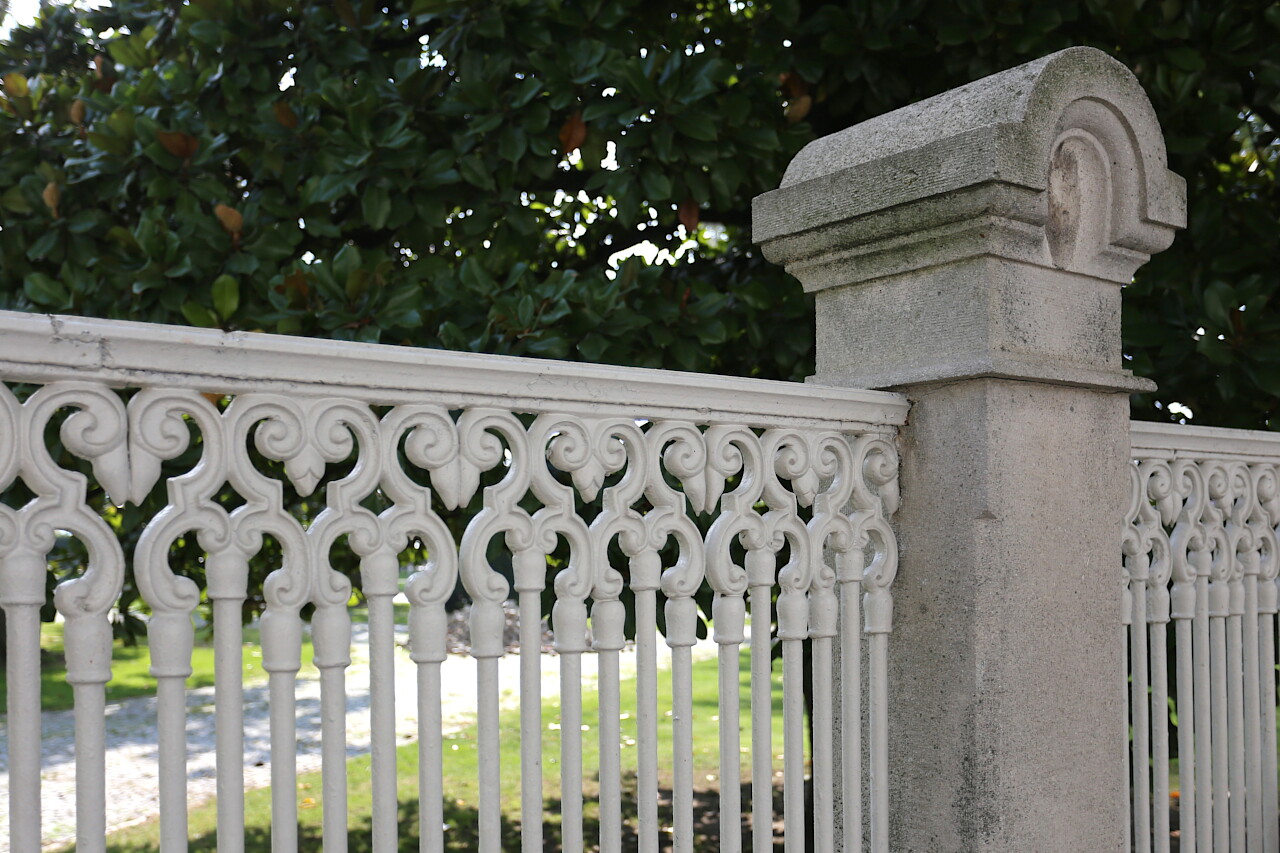
By order of Abdul Hamid II, several clock towers were built in Constantinople and other cities. The towers had a social significance, they not only showed the time, but also served to detect fires, notifying about the disaster by bell ringing.
